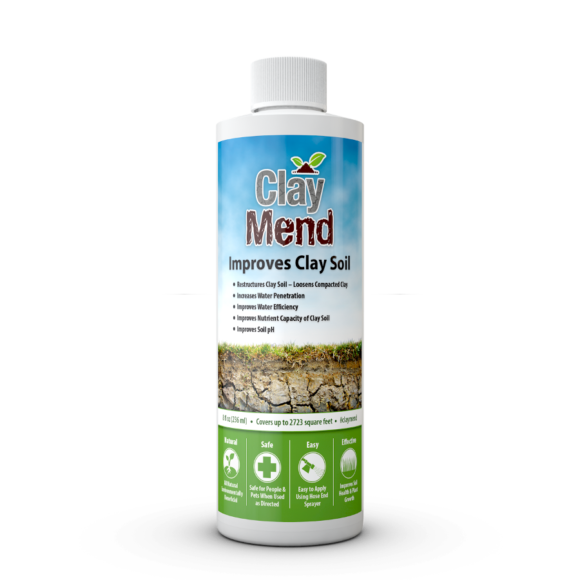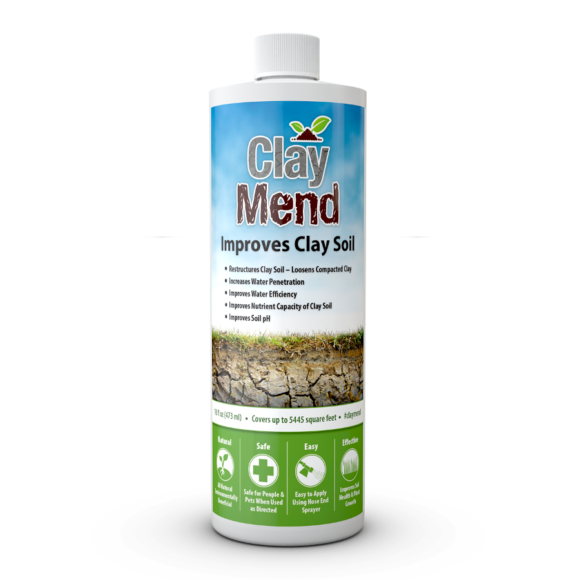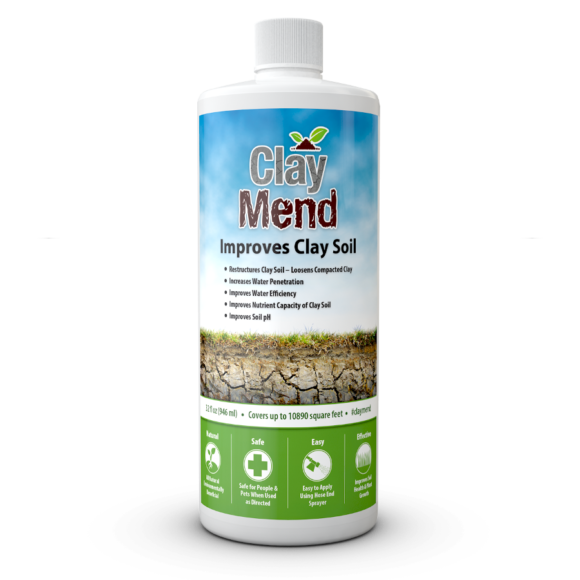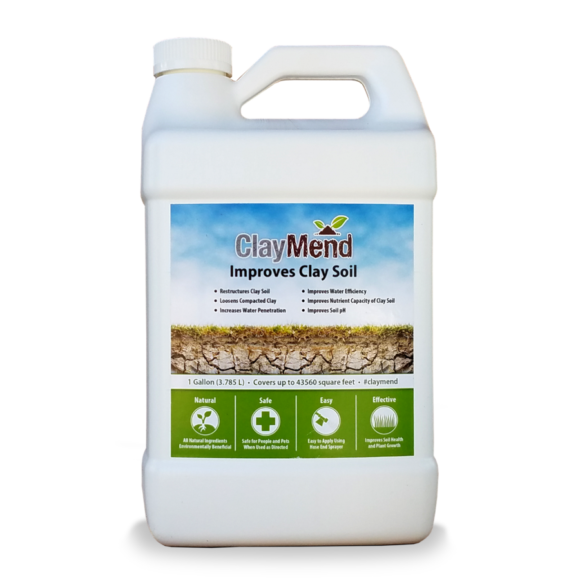First we need to understand a little about clay soil. Clay is formed from ultra fine rock particles that have eroded over time. These particles crystallize, draw together and strongly bond in stacked layers. Some clay particles can be so small that they can only be seen with an electron microscope. These clay particles can have the ability to hold nutrients where sand and silt particles cannot.
Sodium Chloride
Salt can exist in the soil which may come from well water, reservoir water, animal activity, etc. This acts as a dispersing agent pushing the particles into the smallest openings. This makes the clay very dense and compacted. When clay is in this state the flow of air and water is greatly restricted. Root development becomes difficult as does the activity of macro organisms in the soil such as earthworms.
The compact clay can also physically bind nutrients out of the reach of roots. Nutrients can also be leached or washed out of the soil ending up as downstream pollution. The pH of the soil can also cause nutrient tie-up caused by alkalinity of the soil.
How ClayMend Softens & Improves Hard Clay Soil
ClayMend works to reverse the dispersing effects of salt. First it breaks the sodium into its individual components. Then it binds the sodium and the chloride to the soil. In this state they can no longer join together to be destructive to the structure of the soil. It improves the soil environment to encourage microbial activity. This begins to physically change the structure of the soil through a process called flocculation. Soil particles flock together to form a small clump of particles called aggregates. The aggregates are larger in size more like the size of sand and silt particles. However these aggregates can have the ability to hold nutrients in storage for plant uptake unlike sand and silt.
More Porous Soil
The soil becomes more porous in structure improving air and water flow. The microbial activity works to move the pH of the soil toward neutral releasing nutrients previously tied up by the alkalinity of the clay. Roots are able to spread out and develop properly.
Beneficial microbial activity also processes nutrients that the surface of the clay particles store. They are in a form that is available for plant consumption. Old organic material also breaks down. This releases nutrients that the clay particles store. It also makes organic carbon available further increasing the ability of the soil to store nutrients. By properly storing the nutrients in the soil the efficiency of fertilizers increases resulting in more vibrant plant growth and less fertilizer pollution downstream.
Soil Clods
Many soils respond rapidly to ClayMend and clods of soil might breakup right before your eyes. Other soils react more slowly relying more on the microbial activity and over time the soil will soften, becoming porous and workable. On these stubborn soils you generally will still see some improvement in the soils productivity before you notice the softer structure. This is especially true for lawns and other areas where ClayMend cannot be worked into the soil but must rely on the microbial activity drilling down to work on changing the soil structure.
When you start the process of changing the structure and capacity of your soil it can result in significant changes in your plant’s health. Where other amendments might have temporary results, ClayMend can make more sustainable enhancements to your soil. It will continue to improve with repeated use.
Simply pour desired amount into a hose end applicator designed for liquids (not supplied), add water, and apply it to your entire lawn or garden. Start improving your clay soil with ClayMend today.









